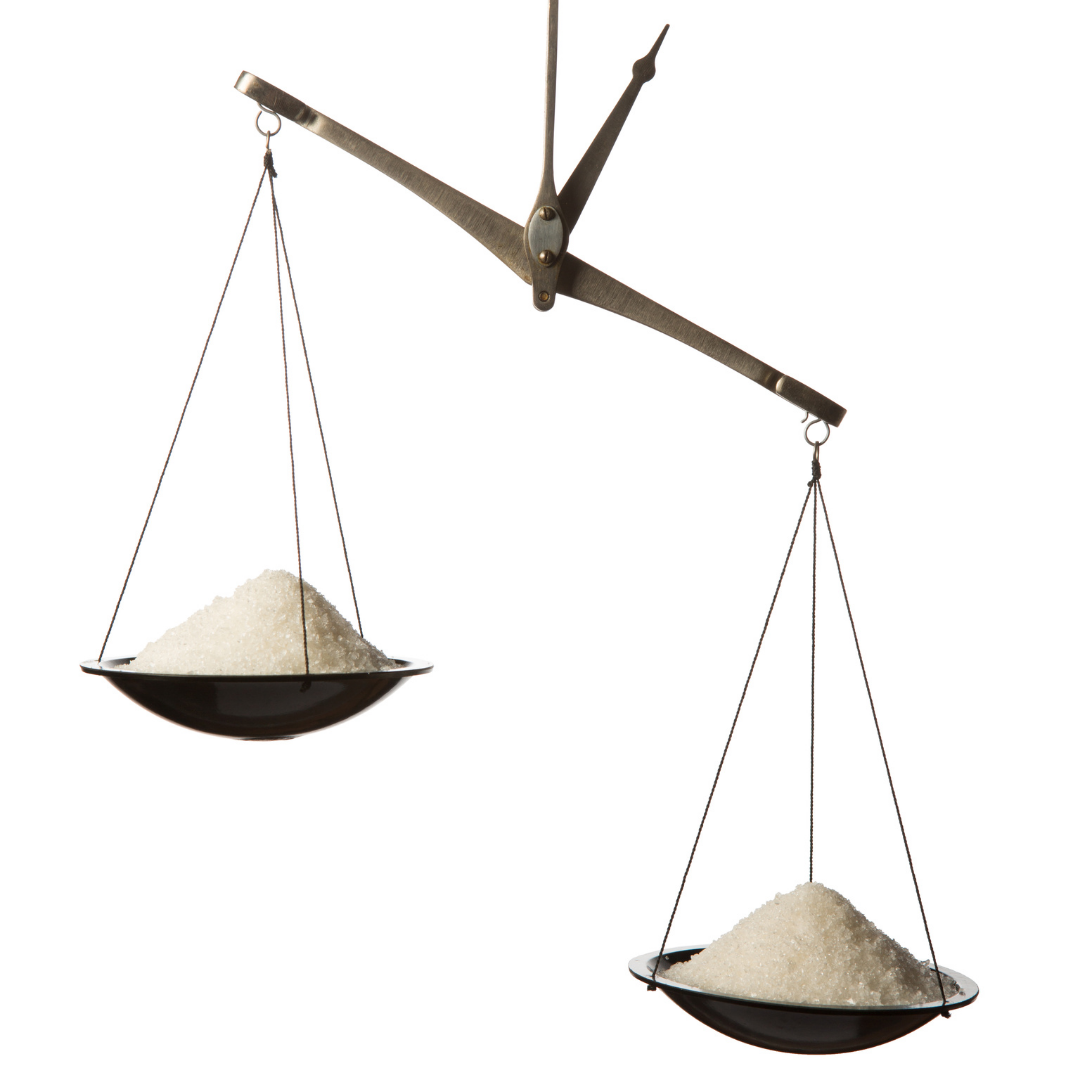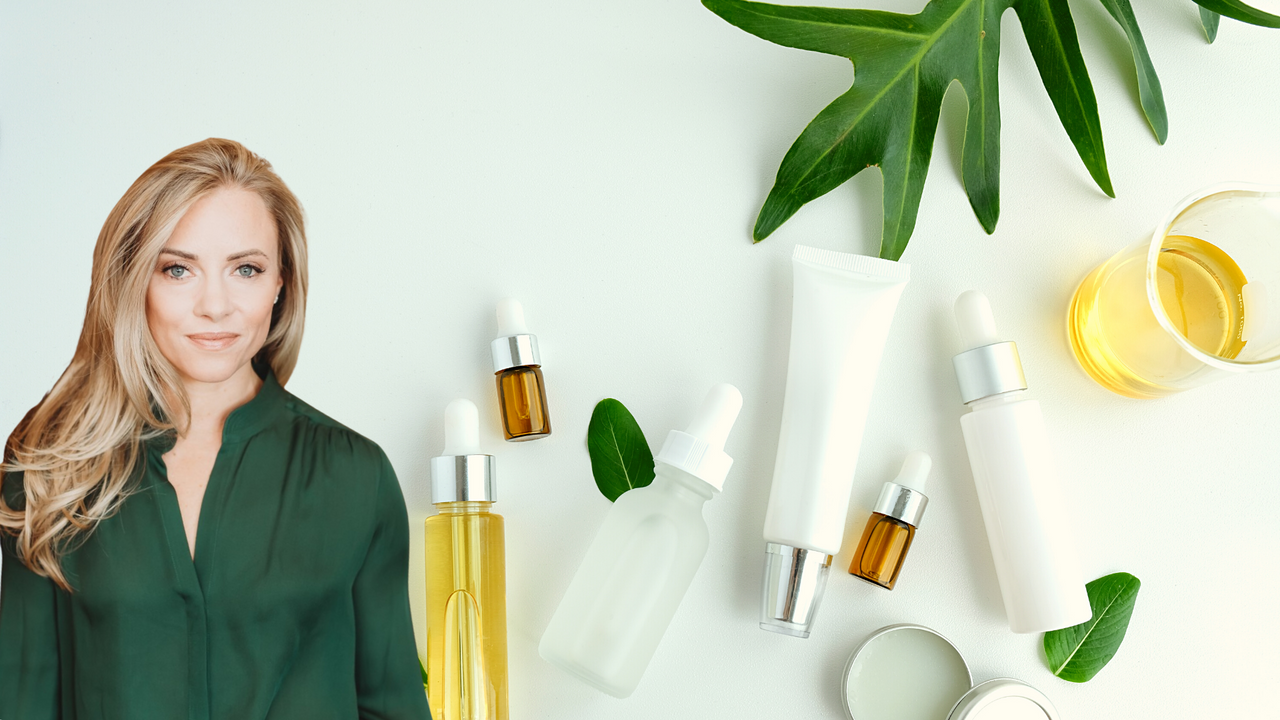The KB Wellness Blog
Delve into our KBW Blog, offering expert insights from your trusted Integrative Nutritionist Kristen on gut health, mold toxins, and more. Discover transformative tips, in-depth articles, and a wealth of resources for achieving holistic well-being.
KBW | Is Gluten REALLY Bad For You? A Review of Celiac and NGCS

A 2020 study by Transparency Market Research reports that the Gluten-free market is expected to reach $4.9 billion by 2021! Gluten-free is a BIG trend. But why? Is gluten bad for you? Or is it just hype?
What Is Gluten
Gluten is a protein found in some grains like wheat and spelt. This protein substance helps foods maintain their shape, acting as a glue that holds food together. There are foods that naturally contain gluten and foods that do not naturally contain gluten but are commonly cross-contaminated with gluten due to processing.
In fact, A study by Columbia University published in the American Journal of Gastroenterology in 2019 found that up to 50% of foods labeled as “gluten-free” actually contained gluten. Why does this matter? Even tiny amounts cause problems for those that are reactive to gluten or have celiac disease (Lerner et al., 2019).

Gluten-containing grains:
- wheatberries
- durum
- emmer
- semolina
- spelt
- farina
- farro
- graham
- KAMUT® khorasa...
KBW | Do You Need to Worry about Detox and Common Toxins?

The short answer to this question is: Unfortunately, yes.
We DO have incredible detoxification organs in our bodies and our bodies WERE designed to be able to detoxify on their own. But the sad truth is that the amount of common toxins in our lives today has outpaced our detoxification organs. A thousand years ago, no one needed to do extra detox. But today? Yes. Sadly, we do.

The Cord Blood Study
In a study on the umbilical cord blood of newborn babies, 287 chemicals were detected. Let that sink in before we move on. These were newborn babies; they did not have a lifetime to accrue these chemicals. They were BORN with these. And out of the 287 chemicals, 180 of them are known to cause cancer in humans or animals, 217 of them are toxic to the brain and nervous system, and 208 of them also have been known to cause birth defects or abnormal development in animal tests. How does this happen? These are chemicals the MOTHER has accrued throughout her lifetime in addition to...
KBW | You’ve Tried Everything, But You Can't Lose Weight. This Is Why That Extra Weight Just Won't Come Off…..

“I’ve tried everything, and the extra weight I’m carrying just won’t come off”
I’ve heard this hundreds of times. Some women tell me their healthcare providers don’t believe them. These providers sometimes even shame them by telling these women surely they just haven’t tried hard enough and all they really need to do is just cut calories even lower or work out even longer.
But oftentimes, these women come to me on a mere 1,000 calories a day, aka starvation level. And you know what? I always believe them. I believe them because I know the truth.

The truth is:
You can do all the diet and exercise programs in the world, but if something is out of balance in your body, that weight will not come off. No matter what. What DOES happen when you slash your calories to ridiculously low levels, however, is your thyroid hormone production drops, your hair starts to thin and fall out, your hands and feet get cold, you become extremely fatigued, irritable, anxious, constipated, ...
KBW | Are you Anemic?

Anemia is the #1 hematologic disorder in the US, and it influences both morbidity and mortality, making this an important topic. In fact, 5.6% of the US population suffers from anemia and 2 billion people worldwide are affected, with the highest risk category being women of childbearing age (Raymond & Morrow, 2020).

There are various types of anemia:
-
Macrocytic - this can be either megaloblastic or non megaloblastic and is caused by B12 deficiencies, folate deficiencies, or DNA synthesis disorders. It can also be drug-induced, such as with chemo, birth control, and seizure medications.
-
Hypochromic Microcytic - this is caused by iron deficiency, disorders of globin synthesis, disorders of porphyrin and heme synthesis, or copper imbalances.
-
Normochromic normocytic - this may be caused by recent blood loss, overexpansion of plasma volume, hemolytic diseases, hypoplastic bone marrow, endocrine abnormality, chronic disease, renal disease, or liver disease.
...
KBW | How To Get That Healthy, Youthful Glow For Your Skin

We All Want Youthful, Glowing Skin...
But as with anything... to really get results, you have to target it from MULTIPLE angles - not just at the level of "skincare."
So, let’s break it down….
First Step for Glowing Skin: Boost Natural 𝐂𝐎𝐋𝐋𝐀𝐆𝐄𝐍
Collagen is what gives young people’s skin that youthful, plump glow, and unfortunately, after age 25, collagen production begins to decline. This lack of collagen contributes to fine lines and wrinkles. Luckily, there are a few things we can do to boost collagen production and slow collagen breakdown.
Tips for boosting your collagen:
You can boost it directly with bone broth or collagen supplements.
My personal favorite supplement is Designs for Health Pure Paleo Protein powder. I make a protein shake with this vanilla or chocolate-flavored pure collagen every. single. morning. If you’d like to try it yourself, you can get 10% off here.
You can also support collagen indirectly with supplements like Organifi Glow.
This super...
KBW | 5 Time Saving Hacks for Healthy, Busy Moms

Quick Healthy Eating Hacks for Busy Moms
Are you super busy and feel like you have no free time to focus on eating healthy? Me too. I get it. Who isn’t?! Seriously.
The good news is that you don’t have to sacrifice healthy eating just because you’re busy. These time-saving tips can help you reach all your health and wellness goals with time to spare.
Time-Saving Tip #1: Batch Cooking

We all know batch cooking saves us time in the kitchen, but are you intimidated by the idea of it? No need for intimidation. It can be as complex or as easy as you wish! For starters, there are two main ways to batch cook. One is what I call “buffet style,” and the other is traditional meal prep batch cooking.
With buffet style, you’re going to cook multiple options to mix and match throughout the week. You can cook several pounds of chicken, steak, or tofu all at once, as well as a few pans of roasted or steamed veggies. Now you have all the building blocks you’re going to need to mix and matc...
KBW | What’s the Best Artificial Sweetener For Your Health? (Agave, Stevia, Monk Fruit and More?!)

Artificial Sweetener Roundup
Everyone knows sugar isn’t good for them, but are artificial sweeteners safe? The sugar replacements on the market can feel incredibly confusing. And marketing tactics just make matters worse! Are you confused about which is best? Stevia? Monk fruit? Xylitol? Erythritol? Aspartame? Agave? And More?? You’re not alone. There are pros and cons to each and every one of these, and the one that's best for YOU may not be the one that is best for someone else. I’m going to break it all down for you here, so you can choose which sweetener will work best for you and your body.
The Worst Artificial Sweetener
The Little Packets

Let’s start with the worst first. Artificial sweeteners like those little pink and blue packets are the absolute worst option. I’m not going to spend too much time on these because, by now, most people already know these are terrible for you. These little packets have been linked to metabolic disorder, diabetes, obesity, and cancer. ...
KBW | How to Detox Your Liver Naturally (Warning- That “Liver Tea” is NOT the way!)

Liver Detox: Is it worth the hype?
Liver detox is a big trend right now. But is it worth the hype? And if so, how do you do it the right way? You might be wondering why we need to help our livers detox, weren’t they designed to do all this themselves? The answer to that question is yes - they were. Our livers are amazing detoxifiers, but the problem is that they are being asked to take on much more than they were designed to handle.
We live in an incredibly toxic world full of chemicals in the air, in our food, and in our water, which all impact liver function. We’re essentially asking one liver to do the job of ten! Unfortunately, we only get one. This “backlog” of toxins can create liver congestion and lead to a whole host of different symptoms depending on what else is going on in the body.
Let’s start by looking at some common symptoms of liver congestion that might warrant detox strategies.

Liver Congestion: Common Symptoms
Because the body is an interconnected web of ...
KBW | A Guide To Balanced, Normal Cortisol Levels

You’ve probably heard of big bad cortisol, but in reality, it’s not all that bad; it’s more like Goldilocks. It needs to be in a sweet spot.
What is cortisol?
Cortisol is a hormone produced by the adrenal cortex. It is a powerful anti-inflammatory but is also a stress hormone. When cortisol levels fall too low you’ll have difficulty regulating your blood sugar, building proper bone health, and maintaining energy. When cortisol is too high you’ll experience a wired but tired feeling, anxiety, jittery feelings, and hold on to stubborn belly fat. And this is why it’s Goldilocks!
Symptoms of cortisol imbalance:
- Anxiety
- Depression
- Digestive issues
- Brain fog
- Weight gain
- Muscle loss
- Sleep problems
- PMS symptoms
- Frequent colds or infections
What is balanced cortisol?
What makes understanding cortisol even trickier is it’s not just about “high” or “low”. Cortisol levels should follow a natural rhythm throughout the day.
Cortiso...
KBW | Do You Have a B Vitamin Deficiency?

B vitamins are incredibly important for your overall health. And side effects of deficiencies in these vitamins can lead to anything from megaloblastic anemia to miscarriage and diarrhea, and more.
Do you know the Vitamin B deficiency signs and what to do about it?
All About Vitamin B1
- Vitamin B1: Also called thiamin, helps convert food into energy and has neurological benefits.
- Symptoms of low B1: loss of appetite, fatigue, irritability, tingling in the arms and legs, muscle weakness, and blurry vision.
- Severe deficiency: can lead to a condition called Beriberi.
- B1 can be found in Beef liver, Black beans, Lentils, Macadamia nuts, Edamame, cooked Pork loin, and Asparagus.
All About Vitamin B2
- Vitamin B2: Also called riboflavin, helps convert food into energy and helps maintain proper eyesight.
- Symptoms of B2 deficiency: Skin issues, swollen cracked lips, lesions at the corners of the mouth, sore throat, itchy and red eyes.
- Severe Vitamin B2 deficiency...


